The issue of what art will look like against the backdrop of all new technologies and media is irresistibly intriguing and it captures our imagination. What forms will art assume? What pleasures will it offer? How will we entertain ourselves among all these infinite possibilities? Can we imagine technologically augmented reality that will eliminate the boundaries between real and virtual worlds and completely absorb us into it? And hence one day in the year 2068 will we wake up in the illusion abounding with pleasures, excitement and holograms? Is this the dignity of life we are striving to reach? Are we living our own life in this way after all? Are we still managing it and in what way? Does our life make any sense at all or are we simply a biological supplement to artificial intelligence, a resource, in the same way as we deem nature to be? Are we already genetically modified? Who will be ruling over, managing or manipulating these systems? What about the dignity and meaning of all forms of life on the planet?
To Be or Not To Be
What would be Shakespeare’s dilemma in 2068? His dilemma is more actual than ever. Many more questions will arise that will be truly addressed by art in the future of intelligence, genetics and the meaning of human life. That will occur through the very essence with which artists have been exploring from the age of the cave paintings to date – how to put up with existential anxiety, how to move on, how to raise one’s consciousness and raise the awareness of the world surrounding us and be inspired for a dignified life and find a meaning, among other things. Technologies are becoming obsolete, while the value of art has been continuously rising. Art testifies that if we are aware of it both within us and in the world around us, it changes us through its insights and creates balance that is imperative in this age of increasing bipolarity and disharmony. Hence, in this critical moment of development of artificial intelligence art will provide an answer to the question of all questions: what is man and what makes a man a man? This will remain its fundamental mission.
Science deals with simple codes, those that can be deducted by reasoning, as opposed to art that deals with complex codes, those that are much deeper than the rational ones and are still unexplained and beyond our reach. This is a field in which artificial intelligence is powerless and art is its opponent with which it is about to lose its "battle" with humankind. Simpler codes can be interpreted, presented, rationalised and even disputed. Complex codes can only be felt. Art is holistic, universal and empathic. That is why art is man and at the point when man becomes aware of it, there will be no fear of dominance over humankind. Art will become a repository of sensations and feelings, suppressed values, rather than only knowledge, quick calculation and database searches. Science will start learning from art about complex codes and holistic empathy.
State of mind and open mind
Our fears frequently arise from the unknown, from what we do not understand and cannot control through physical parameters, which is our subconscious, unconscious and superconscious. Consequently, artificial intelligence becomes a personification of our fear and it deepens it further, because we are afraid of losing control. We are afraid of losing ourselves and that even the subconscious will be taken away from us and taken over by artificial intelligence, since it currently already has control over a wide range of our conscious processes. We are afraid also of losing our unconscious, they keep persuading us that it does not matter or that it does not exist, while art reminds us that we have, that we are and that we feel. Art gives man self-confidence, balance and self-awareness. The latter is not in the interest of manipulative systems of power and they strive to control art, since it is a tool for raising consciousness. Moreover, they are striving to marginalise art and reduce it to merely an aesthetic dimension of spatial decoration, object design and communication of trends. That is what it will all be like in the future. The deeper we delve into consciousness, the more our fear of art will be incited. Art develops and encourages critical thinking, change and expansion of perception. It develops tolerance of differences, raises our awareness of dimensions that cannot be reached through exact sciences and that is where its intrinsic value lies. It will become increasingly clear that the society that is not prepared for criticism will not encourage and nurture art, since art is only our mirror that confronts us with reality. Let us remind ourselves of totalitarian regimes and their relationship towards art and control over art to the absurdity of horror vacui. Due to the continuous human need for the truth and irrespective of pressures, art will develop even more in the same way as it is impossible to supress the children’s wish to communicate and to express themselves through drawings, dance, singing, through which it is possible to grasp the contents of their subconscious. Consequently, it is extremely important to continue encouraging artistic expression at school, since it provides integrity both among children and adults. Hence, vigorous development of art categories and development of creativity are imperative in the future of education.
The impact of art
Every child has the need for artistic expression and every person has an artistic soul. Similarly, there is no person that does not need some type of art. Some people are more talented for specific forms of artistic expression and have become top quality artists through their work, insights and perseverance. Unfortunately, rigid systems frequently do not encourage the artistic and creative capacity or the human need that we will be developing much more in the future. Art uplifts the morals and promotes freedom and the meaning of life, while simultaneously inciting zeal and encouraging. It is primarily due to this intense spiritual aspect of art, the achievement of "perfection" within the imperfection, allowing for mistakes and feeling the most complex codes of life, harmony and unquenchable wish for freedom that art assumes this social position of controversy. Irrespective of that, it is uncompromising and even critical along its path. Moreover, art develops exceptional human abilities – curiosity, perception, critical thinking, empathy, imagination and cognition. In the future, there will be advisors and mentors who will be dispensing advice to people on how to identify their own art and art that inspires them and is a part of their spirit, as well as on how to find themselves and become integral human beings.
Art and symbolic thought, considered among the most important innovations in the history of humankind, have been having a pivotal role in human development, as well as in human survival, identity and natural balance. At the time of considerable impairment of natural and human relationships and brutal exploitation of resources, the fundamental role of art appears crucial and is intended to issue a warning, establish natural balance and achieve humaneness at all levels. Paradoxically, fear of existence will increase, intensified by a loss of natural balance, omnipresent anxiety caused by technology and unavoidable control. Consequently, the role of art will become more important in overcoming this fear and the need for self-preservation. Its role has been and it will be in the future to address issues of how to deal with everything that life brings - fears and hopes, doubts and joys - acting like our profound and permanent therapist. It is essentially through art and creativity that we gained courage to dream of "new worlds" and started creating them primarily using symbolic thought, while asseverating our better reality, internal life and our dignity. School, social structures, capital, ideologies and even science are currently striving to reduce us to a linear and simplified dimension, while art is contending for its remaining and higher dimensions in which there is room for "man".
Regime-dictated art versus free art
Art will play an important role in the creation of a new civilisation whose development is based on different growth forms – qualitative, creative, spiritual, intellectual and emotional. Different branches of art will develop. Considering the current development of consciousness of civilisation, we will see a widening rift between regime-dictated art, irrespective of whether it is state-dictated or capitalism-dictated, intended to serve a few wealthy and powerful individuals and free art, which shows the essence both of man and human needs. The independent, provocative art fighting for human rights, freedom and dignity. On the one hand, we will see the formation of art that will promote conformity, create illusions, embellish reality and social manipulation and provide alibis, even brand exploiting extremisms. On the other hand, there will be art that will encourage perception, cognition, criticism and social change, resistance to censorship, manipulation and exploitation. It will be fighting for the substance of the essence of man and human needs and will be the most realistic mirror of society, as it has always been. People will be divided into those who have the courage to look at their reflection in it and those who do not have it.
The positive "Quality of Life Indicators" will be considerably affected primarily by the attitude towards art and culture in society, incomparably more that we may currently believe. Croatia is currently significantly lagging behind in terms of its attitude towards culture and arts, which leads us to two possible scenarios. One of them is that in 2068 Croatia will be a relatively less-developed country with a low quality of life. The other scenario is slightly more optimistic, but it is likely only if we make room for art and do not push it into a guerrilla position. Similar to education, art has in time become litmus paper or a reflection of society and civilisation. This will become even more obvious in the future. Societies will not be measured by our stance towards technology, since this issue has been tackled ad acta as an ultimatum "Technology is imperative, those who do not adapt will not survive". Society will be reflected and measured through art and that will apply to a far more important question: are we living a high quality life, one that is fulfilled and dignified?
Art has thus far been the only activity to visualise and portray the possible scenarios of the future. What we have seen does not share the enthusiasm of scientists. We all remember famous Sci-Fi movies and books and the human fight for survival. "Metropolis", "Soylent Green", "Fahrenheit 451", "2001: A Space Odyssey", "Brazil", "Blade Runner" and "Matrix", to name a few. Until the today’s ultimate question: can artificial intelligence, irrespective of its form, have a soul and can it dream or will it independently develop and create algorithms and matrices that will start marking man as a threat or energy resource? Moreover, it will be completely normal and common to select the version of the story in augmented reality films, the type of ending we want or select parts of the scenario. This implies democracy in the paths of life that we are able to choose by ourselves. The question remains as to who will be providing the options. Who will be setting variables and algorithms? Who will be the owners?
Augmented reality – a means, not an end
Art has been practicing augmented reality ever since the early cave paintings, using symbolic and abstract thought for human existential being. It has provided augmented reality to date and will continue doing so in the future. It has always used new technologies, stone, pigments, canvas, photo paper, and currently the Internet. From technological and media aspect, augmented reality will provide new possibilities to use information and archives, as well as databases. It will provide opportunities of simulation and abolition of boundaries between the real and the virtual world. Will humans get lost amid the fascination with this environment? What will guide them? What is the purpose of such an environment concerning human existence? The answers to these questions will be provided by art, which uses all the media as means, rather than an end. Art will simply assimilate these technologies and media, yet much more serious problems will still need to be addressed – what is the purpose of all that? Where does that take us and how to deal with it? Hence, we will still be faced with the very same questions that have been addressed by art from its origins, through its complex mechanism of symbolic thought, as well as through its highly complex codes expressed in such a simple way and in a manner that people find familiar - through feelings.
Entertainment industry
In the same way that we currently enjoy music or film industry, 2068 will see augmented reality industry, whose content will be provided by creative individuals, while using artificial intelligence for the simulation of reality to a considerable extent. Unfortunately, augmented reality will primarily be a unique generic global shopping and entertainment centre that provides simulation and prosthesis of life, which will have a tendency to replace it. Someone will still need to continuously purchase products and services provided by artificial intelligence and robots. They will provide us also with more free time, yet the focus will not be on the quality of free time, but to make us achieve a permanent state of augmented shopping and entertainment simulated reality. We are already purchasing completely useless virtual goods intended only to make us compete in video games and this will only intensify in the future and assume new forms. What exactly will quality of life imply at that point? The boundaries between different "realities" will certainly disappear. Humans will be permanently drugged by augmented reality and will be simulating their lives with its contents, which will be completely and literally taken over by the society of the spectacle and manipulation increasingly led by artificial intelligence that will be using algorithms to determine the type of simulation of our lives. Scientists do not have this intention, but financial industry, crypto capital and systems of power do and they will identify innovative ways to exploit it. That is why they are currently investing into design of such simulated augmented reality, rather than into expanded consciousness and awareness. Consequently, the Fifth Industrial Revolution will be the leisure revolution. Humans will spend their leisure time as cyborgs networked into augmented reality. Both scientists and artists fantasise that we will be spending that time creatively, while capitalist fantasies are that we will be spending it in constant consumption and shopping, certainly, using virtual currencies, crypto currencies. Let us be so radical as to think that humans will play some role as long as they are involved in the purchase of services. Both human personality and soul will be fragmented and scattered across the network in this unique shopping centre. There will be tendencies to present such entertainment and leisure industry as art.
There will be disputes about consistent insistence on the role of public cultural institutions, libraries, museums, theatres in their autonomy, mission and responsibility in mitigating social inequality resulting from age and gender-related differences, as well as economic, educational and other differences.
It is frequently a case of a loss of identity, dignity, empathy and under-education, where it primarily all depends on the assistance provided by artists, culture and art which will be trusted by man against the backdrop of overall disappointment with public policies and their tools. Controversial debates concerning the issue of social role of cultural institutions will intensify. Public education system will need to focus on understanding of creativity, culture and art. Consequently, a considerably higher proportion of lectures will be delivered outside the classroom, primarily in such institutions. Furthermore, modern artistic tendencies will need to move away from neoliberal institutional imaginarium and be prepared to address issues in the field of their own (re)production and conditions of work. In this context it will be necessary to identify new models and formats of appearing in public that will more critically and directly be linked with pulsating social fabric. Art and artists will be helping in social cohesion through their artistic sensibilities and manners to a considerably greater extent. Art premises will become more familiar to people and will be integrated into the community, while rehabilitating social relations, creating new models of interaction and improving the quality of life. They will create new habitats through their flexibility, informality and a non-judgemental approach.
Art as a virus of life
Just like everyone today has access to books, television or Internet content at home, similarly augmented reality will provide the opportunity for AR-enhanced tours of museums or opera houses and theatres, literally from the comfort of one's own home, while providing a comprehensive virtual audio-visual experience, holograms and all the accompanying information and data that one may find of interest. In fact, the differences between one's home and performance at the opera house or an exhibition at the Louvre Museum will fade. Nevertheless, everything comes at a price, the difference between private, our bodies and public space will disappear. Our lives will be completely co-ordinated and guided by manipulative interests of those who manage or own such systems. However, the structure and architecture will not be in the exterior, outside of us, but within us. That will not be achieved only through ideologies, but through direct biotechnological coding. Technology inserted into human body will preserve our health, detect or prevent diseases and cure them. Simultaneously, through miraculous "biochips" connected to the nervous system, humans will be transformed into receivers, recorders, consoles, interfaces, both internal and external. In order to prevent the shortage of energy that is imperative for operation of all these systems, man will become a natural energy source, acting as power supply. These bionic synapses with technological prostheses and simulations of life will further separate us both from nature and humankind. Health will improve from the technological aspect and human life span will be extended. Nevertheless, this is only human hardware and humans will be a co-ordinated network of individuals. In this environment art will simultaneously become a virus of life and bone marrow and stem cells, which fight for humans literally inside the human body and in the thoughts.
Technology and artificial intelligence will make humans increasingly passive. Humans will hence start gradually delegating their synapses. The latter will substantially affect the development of intelligence, because we need to keep in mind the fact that children develop their synapses through practice, fine motor skills, using their fingers, through drawings, dancing and movements, which are the substance of cognitive development. That artistic element of complex codes will preserve humans and make it possible for them to remain human. Philosophy uses simple codes and so do the other branches of science, focusing on what can be fathomed by human brain. Art functions differently, both through practice and experience and it has the ability to expose all the complex codes within us. It is primarily this human ability that will provide an opportunity for humankind to gain insight into its essence and preserve it, as well as the essence of compassion with all life forms on Earth. The contemporary society is faced with an imbalance and emphasis on matter, the rational and the exact, as well as the provable, while too little room has been provided for all the other dimensions of intelligence. Art will continue pursuing the unconscious and the true, while encouraging cognition and science will continue researching the exact and the rational. Synergy and balance between the two types of intelligence will play the crucial role in human development in the forthcoming decades. There will be a transition from predominantly material, rational and conscious intelligence into abstract, symbolic and unconscious intelligence and their inevitable merging into a form of balance between the two extremes.
Artist as the ultimate explorer of the 21st century
At the point when technology reaches its pinnacle and becomes meaningless in its striving to replace humans, we will finally need to start exploring ourselves. Mechanics and technology at a higher level of development will exploit all the known models of functioning and the next step will be abstract, unconscious, subconscious and superconscious, all the fields that incite so much fear among humans and about which not much is known from the scientific point of view. Keeping abreast of new art forms and types will present an even bigger challenge, since new art forms, such as media art and biotech art, will be complex in terms of implementation and also scientifically demanding. New types of instruments will appear, both musical instruments and those intended for reproduction of other types of art. In that segment the co-operation between science and art will considerably increase and knowledge will be exchanged. Moreover, a research synthesis in art and science will be common, while artists will become ultimate explorers of the 21st century. The roles of material/scientific and abstract/artistic will change, connect and become integrated.
Simultaneously, engineers will be increasingly striving to develop artificial intelligence capable of creating artwork. Actually, they will be striving to provide matrices intended to statistically process human experience, generate "own" artwork and artificially "create" feelings. This could deliver some results in the sphere of creative solutions and entertainment industry, yet the very essence of art is brought into question, as well as the conveyance of feelings and human cognitive development. This "progress" results from a profound lack of understanding of the essence and the raison d’être of art. The question arises whether artificial intelligence will be able to replace human dignity and the dignity of life in general. In addition, what is the purpose of it all, beyond the fact that man feels like God who created life outside of the natural reproductive model? The human brain is a survival organ. If we continue investing exclusively into artificial intelligence, who will survive? If the huge unique world brain consists of all computer networks, mobile phones and the overall communication among others, will it actually assimilate also the segment intended for creativity, critical thinking and spirituality?
Basic human needs are those for food/water, shelter and communication. We need to keep in mind the fact that someone has designed and created the world around us, striving to meet our needs and beyond that, to the last detail. Someone has designed and provided buildings, objects, films, music, mobile phones, means of transport, technology, communication and its contents. Technological and creative capital will be generated primarily by such jobs. Technological and creative jobs record the highest growth even in crisis periods. This is certainly a huge opportunity for transition from industry as we know it into new industries led by creative thinking. Nevertheless, there is also the point in which one needs to accept the responsibility for possible scenarios and avoid new models of exploitation of these subtle creative beings – humans. At that point the question arises of what we will be imagining then, to what purpose and why. Will it be something that opposes exploitation or rigid ideologies? That will be the topic addressed and art will certainly be continuously reminding of it in case a human rights movement is launched in 2068.
Freedom of expression and censorship
The fight for freedom of expression in arts and in all other types of expression as opposed to censorship will further intensify. New technologies in terms of advanced possibilities of control and censorship will play a dual role. One in which they will give the opportunity to capital, populist and extremist political systems to exert optimal control and censorship. We remember Goebbels and Stalin and the hunt for Hollywood film stars and screenwriters in the 1950’s who had the courage to write socially conscious scenarios and hence the American Congress through its Committee treated them as adversarial activity. Unfortunately, this is the type of future that we are headed towards, albeit one that is more sophisticated and multiplied. Much of it can currently be seen in controversies around the daring WikiLeaks. Will the support and freedom of expression increase? Will progressive, highly socially conscious screenwriters and playwrights of the new age be able to provide different versions of the scenario to be selected by the members of the audience or will they be marginalised? Will they be given the opportunity to stimulate people’s imagination and the wish for a different, more righteous society? This brings us to the second possible role played by technology – to help art as open media in its mission for dignity and quality of life, as well as to provide people with options and models of imagination of freedom and also to point out problems. Art will fiercely fight for free and socially conscious options. Subversive imagination is the "home field" of art.
In the future it will be common for physicians to considerably more frequently resort to art therapy through different forms of artistic expression, in addition to conservative medical treatment. This will primarily be the case during patient recovery from serious illnesses, such as strokes or in case of psychological or mental disorders. The incidence rate of dementia, neurotic disorders and anxiety will rise, irrespective of skyrocketing development of medicine. New diseases and disorders will emerge caused primarily by technological development and technology addiction. Due to its complex internal activity systems, art is able to relax the body, repair the damaged receptors or stimulate growth of new synapses. Individual and group art therapy will be common and on a mass scale and so will the doctors’ recommendations to visit cultural events or art exhibitions and museums. There is already a wide range of methods and formats of art therapy and self-help, which have shown that intensive application of artistic methods – singing, visual art or dancing – in specific cases deliver considerably more effective and efficient results compared with classic or aggressive therapy, especially concerning recovery and prevention, as well as in palliative care. Hence, in the future art therapy will see substantial development and will be increasingly frequently used.
Where do we find man?
The cry of modern man for personality will be supported by all art forms, both the existing and the new ones. The value of visual art, dance, drama, performance, music, storytelling, film and drawing will increase both from social and subjective aspect, different from that provided by artificially generated algorithms. Through the use of new media, forms and interactions, artists will be pondering the echo of technological and genetic revolutions and using them to analyse the implications for human subjectivity, family, society and human rights, both benefits and limitations. Top quality artists will never make a fetish of the media itself, irrespective of its seductiveness. Art will provide man with room for personality, self-fulfilment, as well as empathy and it will do so primarily through its character and the ability to directly express human soul, the essence of man, feelings, doubts, context, critical attitude and compassion. Art will be increasingly dealing with social heritage, human rights, as well as rights of all the forms of life and nature. Genetic modification, primarily human genetic modification, will result in new doubts concerning the essence of man, as well as existential anxiety. Artists and all those co-operating with them will be equally focused on providing room for discussion about the most important issues and dramas through art. What does it mean to be human both today and in the future?
Every human tr
ace and artistic expression will be a value in itself in relation to hyper-controlled social and technological environment and artificial intelligence. Let us imagine life without art, music, poetry, theatre, film, storytelling and books. All the physical, visual and virtual world around us is creatively and artistically shaped and attentively pondered. Once we have become aware of that, we will be able to assume the importance, the role, as well as the responsibility of art in the future world. On the other hand, conservative, linear and mechanical system of education that is based exclusively on rational and numerical intelligence, turns man into artificial intelligence and productive machine, which will soon be replaced by real artificial intelligence and robotics based primarily on the current awareness of man about values that humans are striving towards. Science will be dealing with the intelligences of machines and will strive to "grasp" the intelligence determined by the genetics, while art will be addressing the issue of different types of human intelligence and the essence of man in practice. This unexplored vacuum provides room for extremely potent free room, which we are about to become aware of, room for return to one’s true self, room for the fulfilment of man. Room for the age of art. A New Renaissance. A major reversal through art is likely.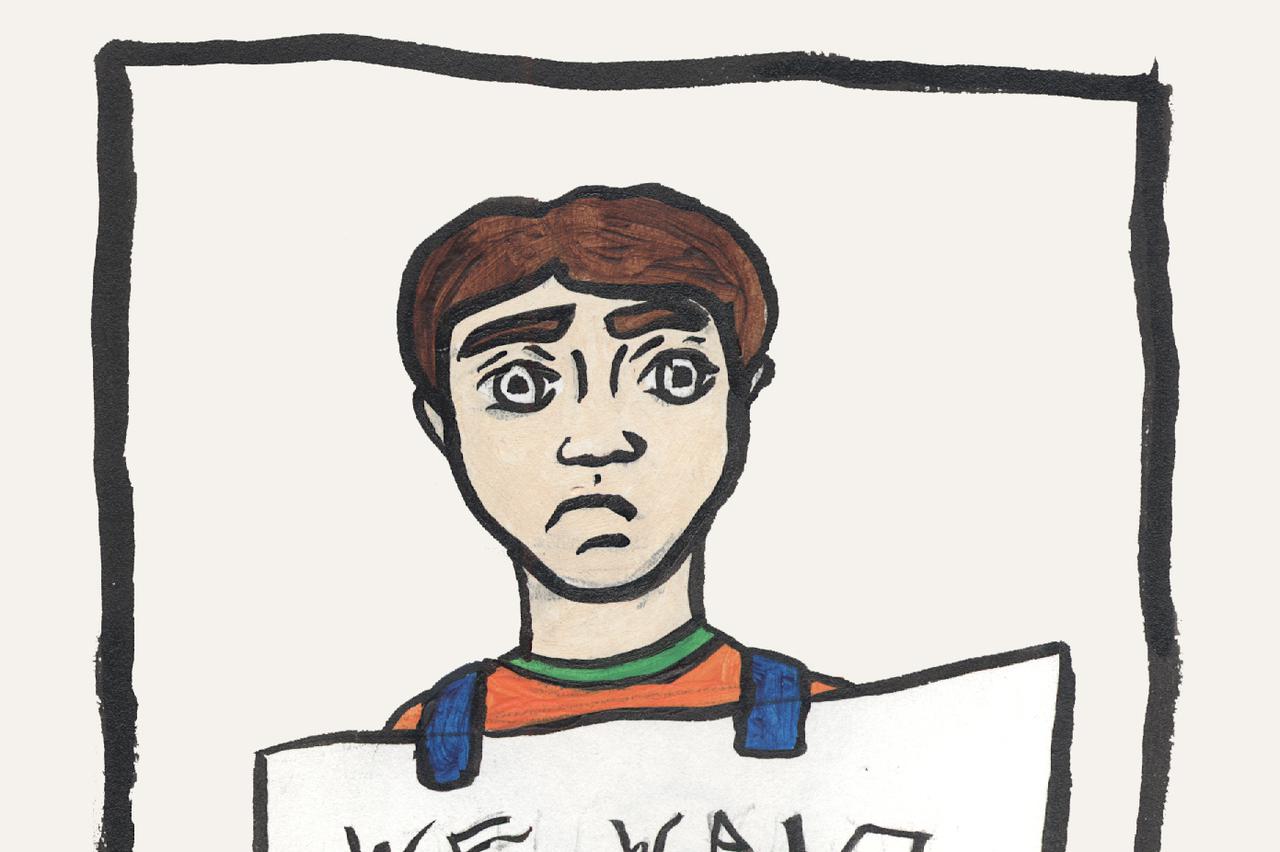
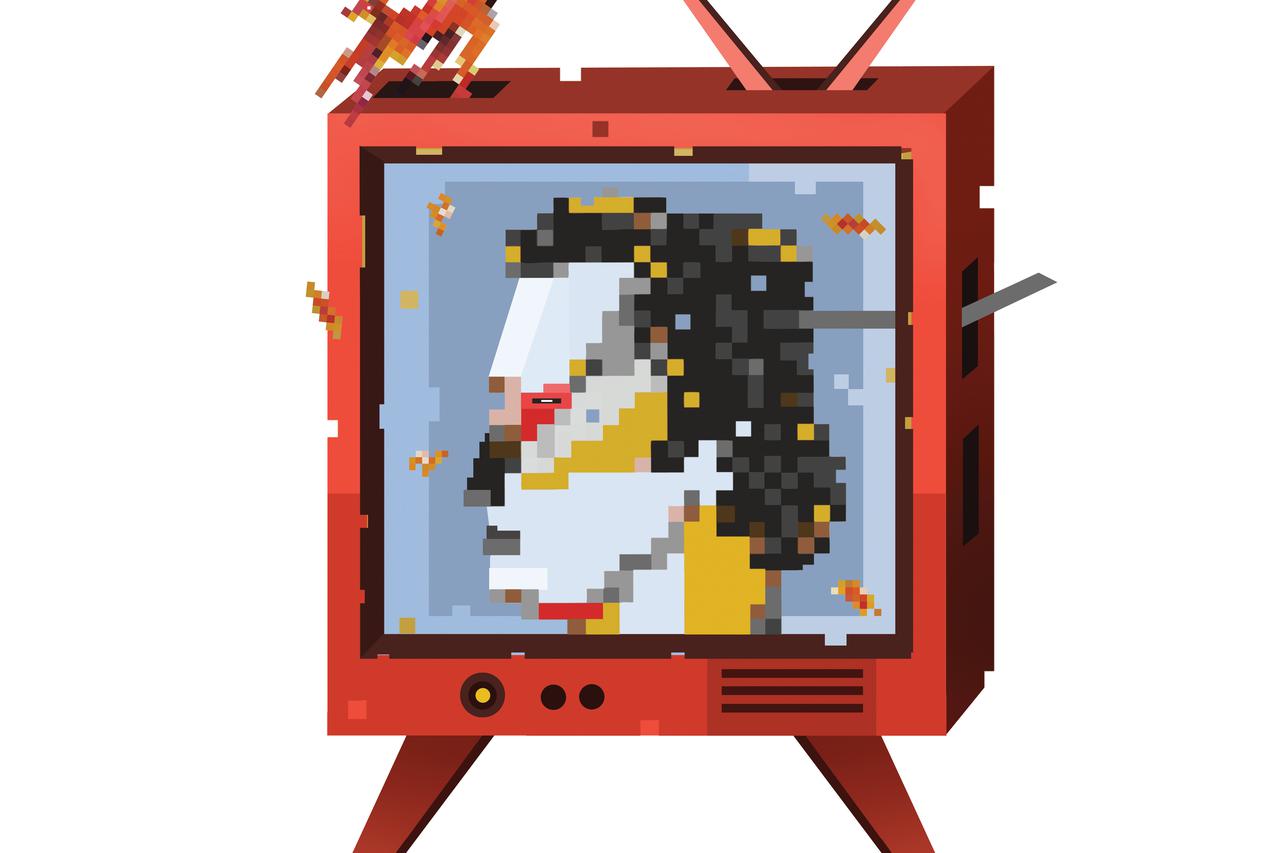










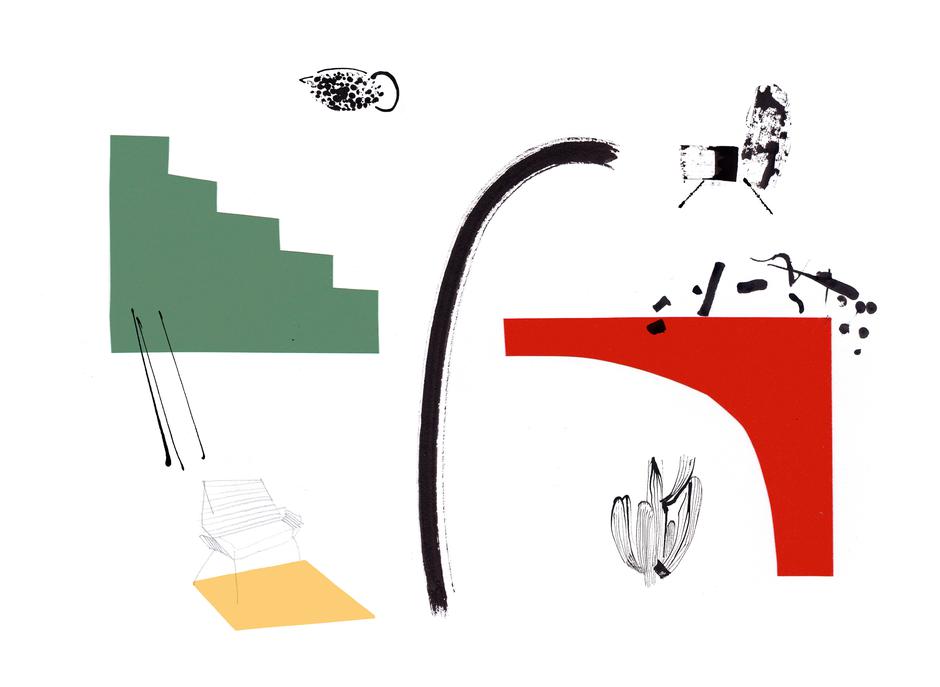
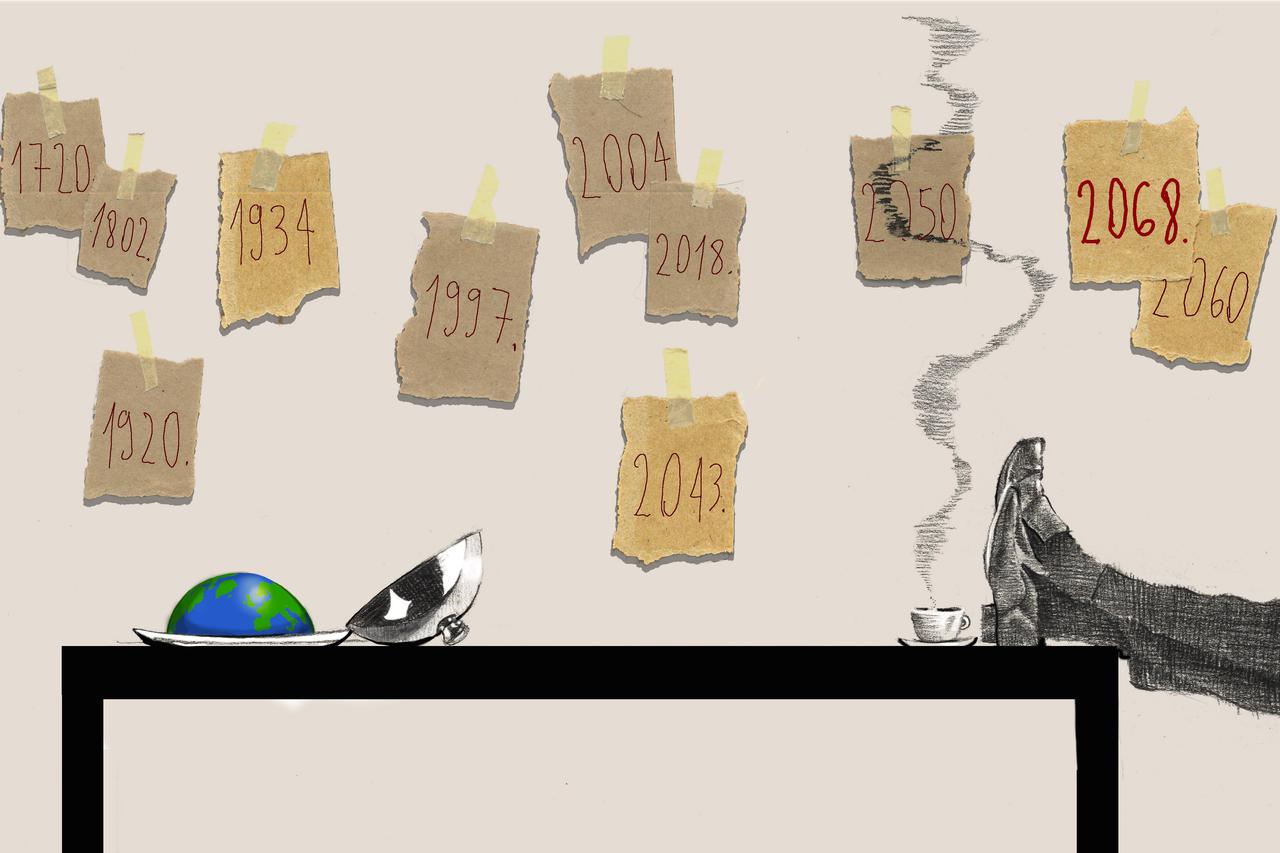
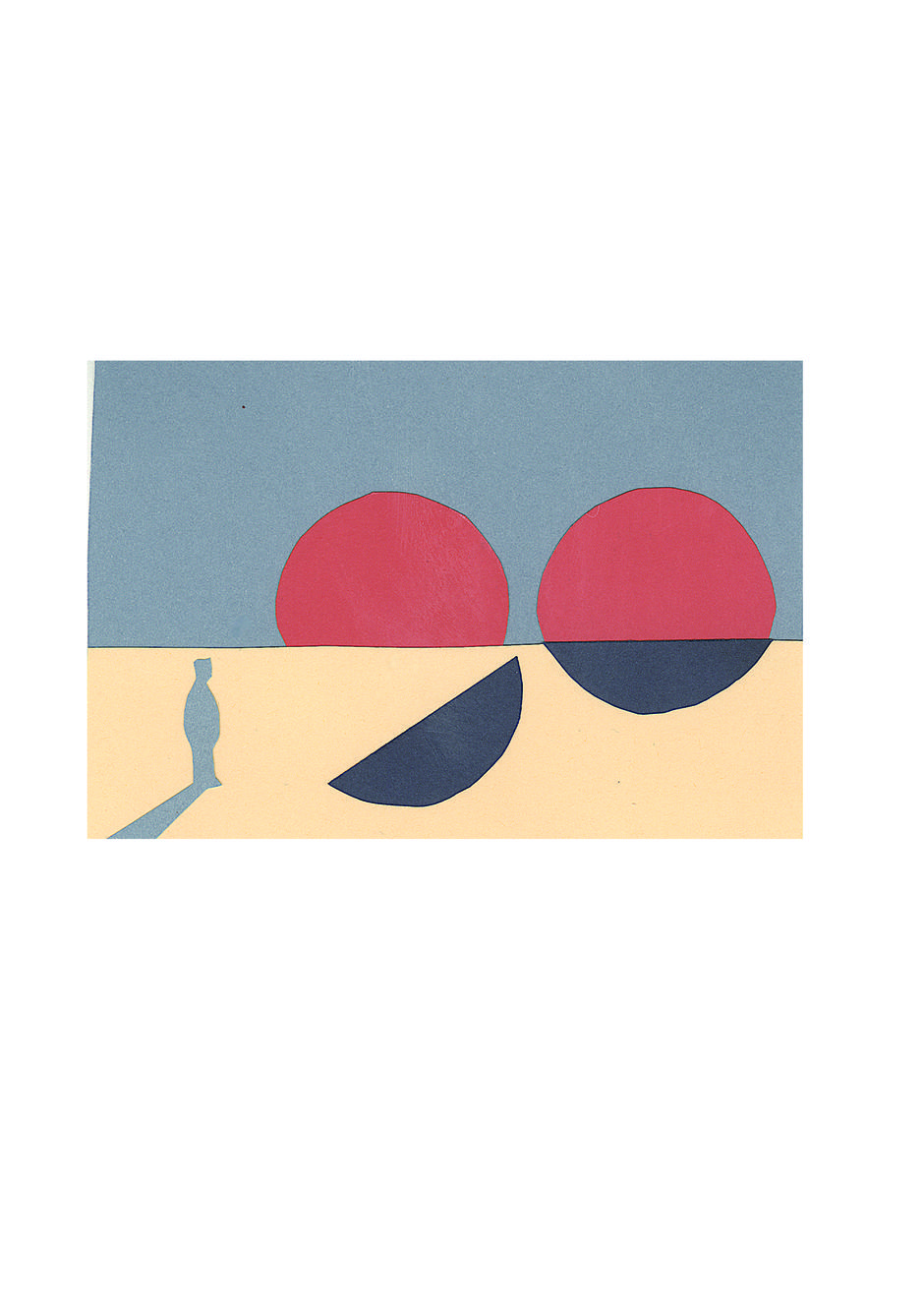
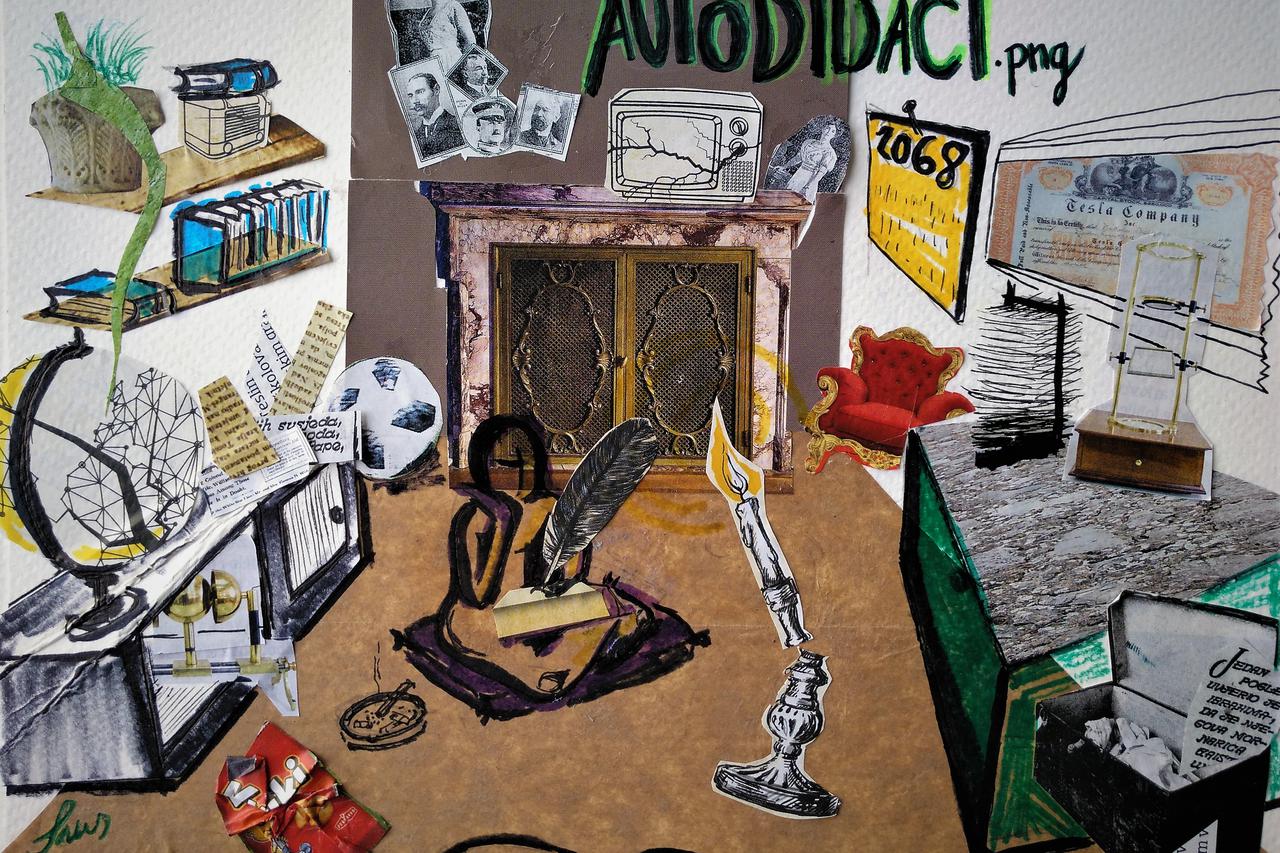
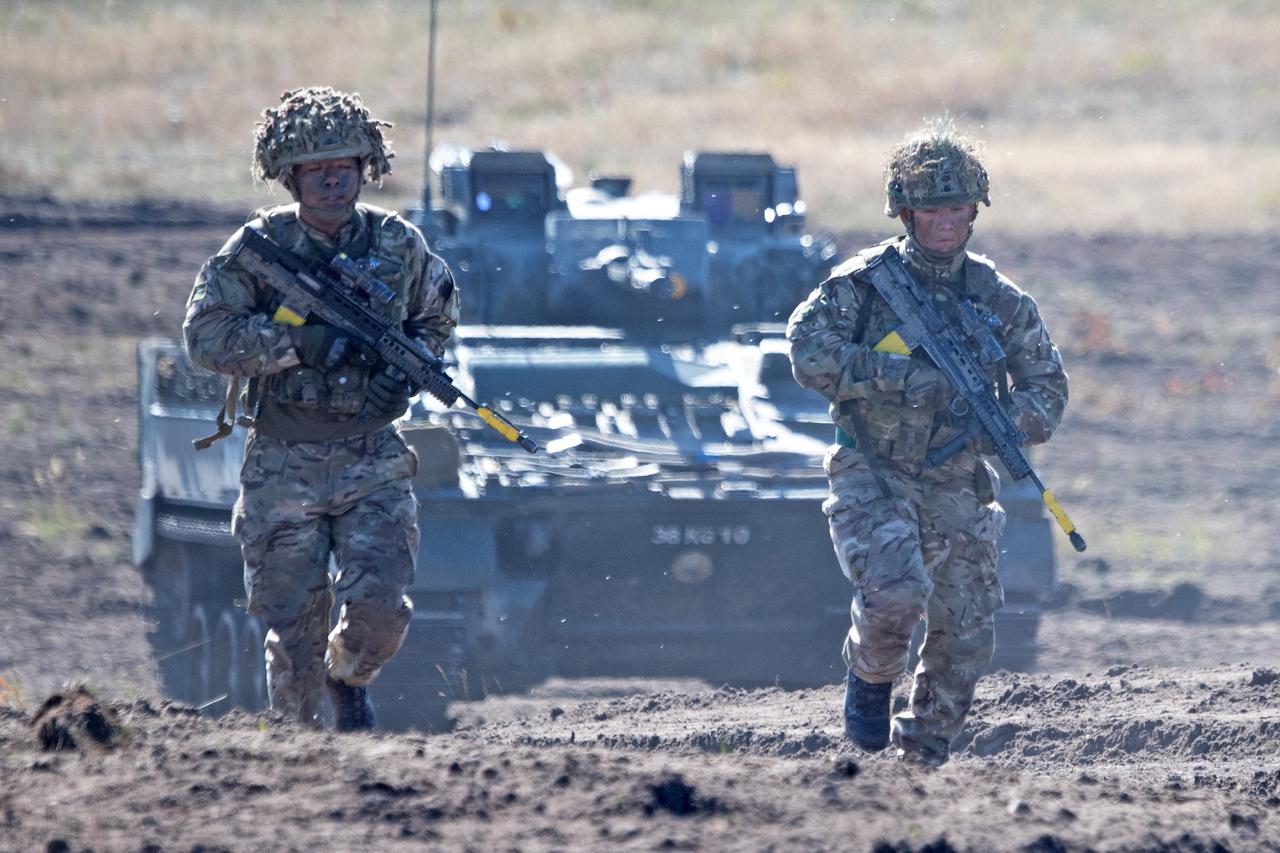
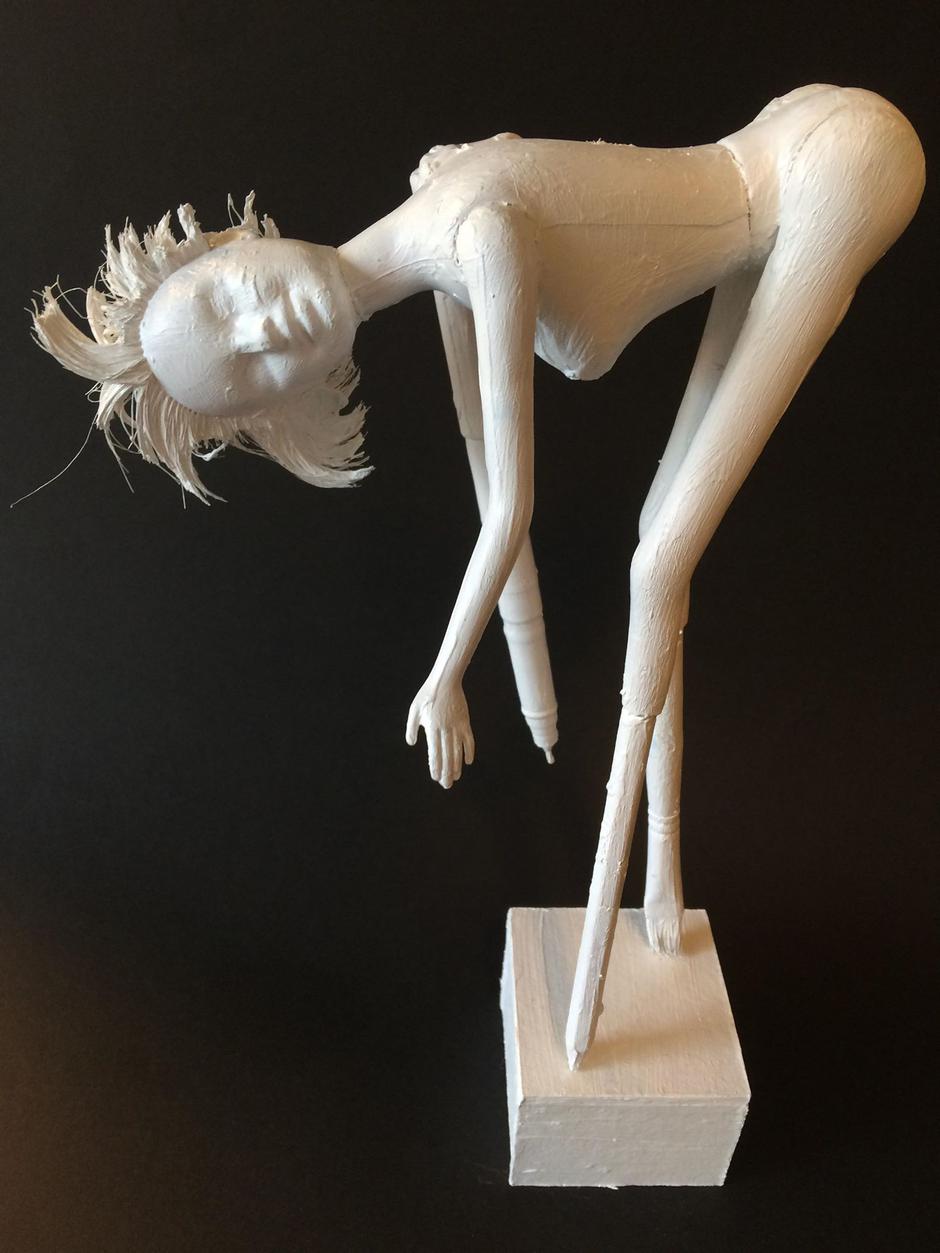
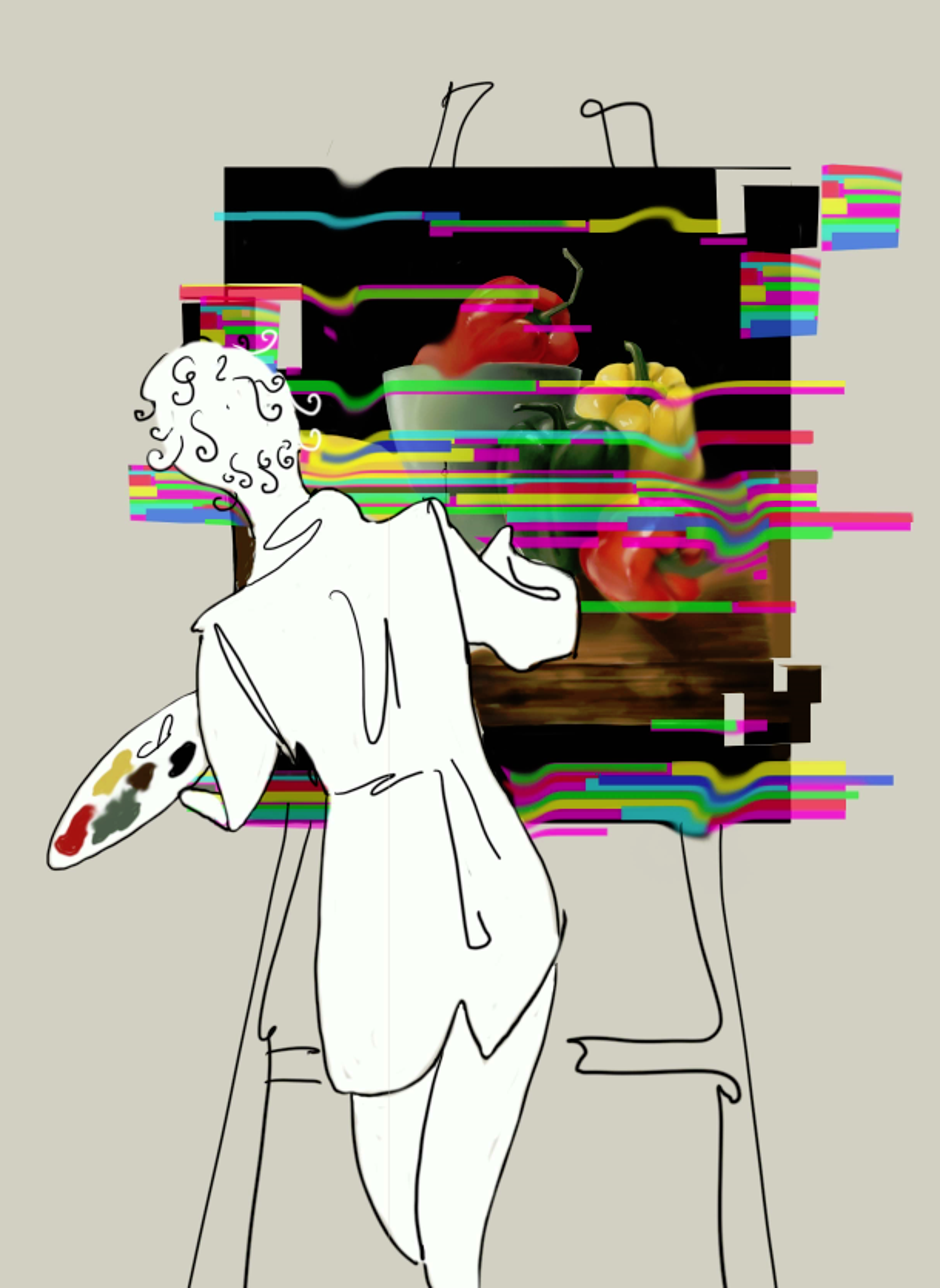
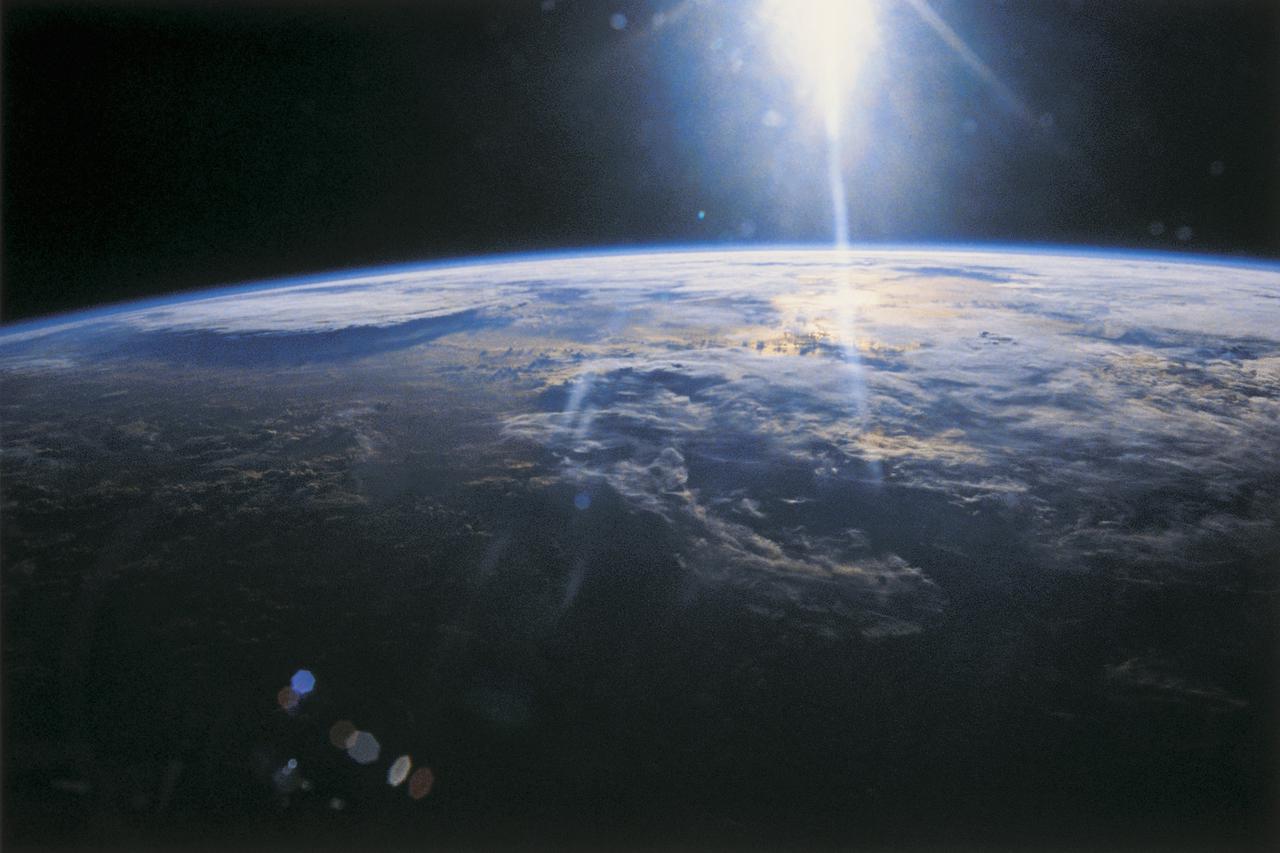
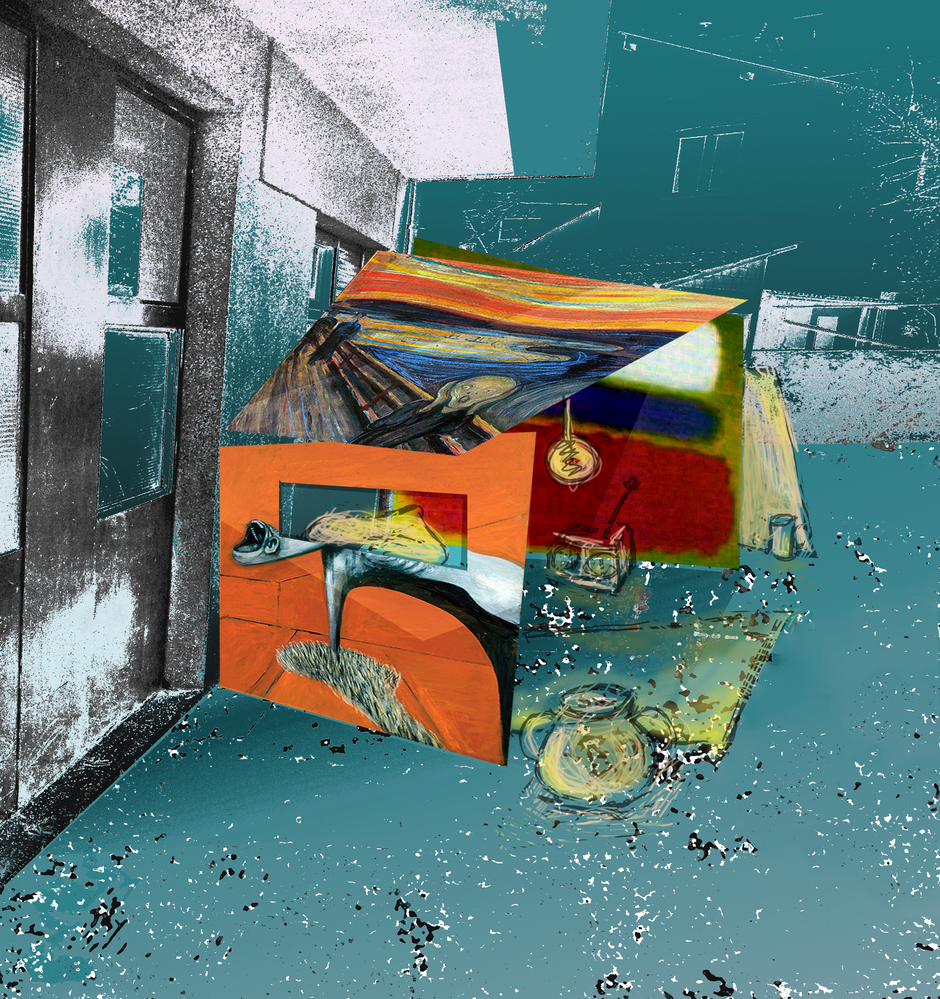
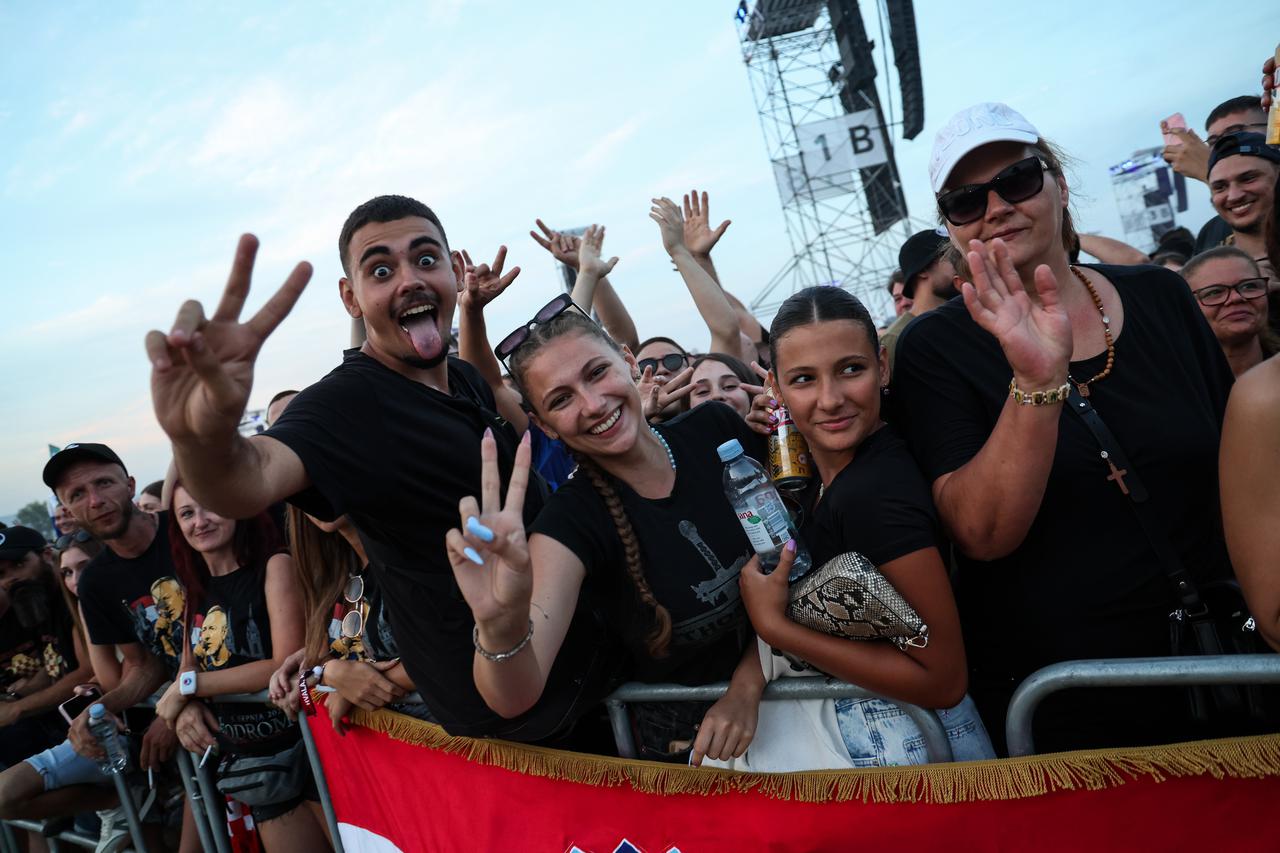
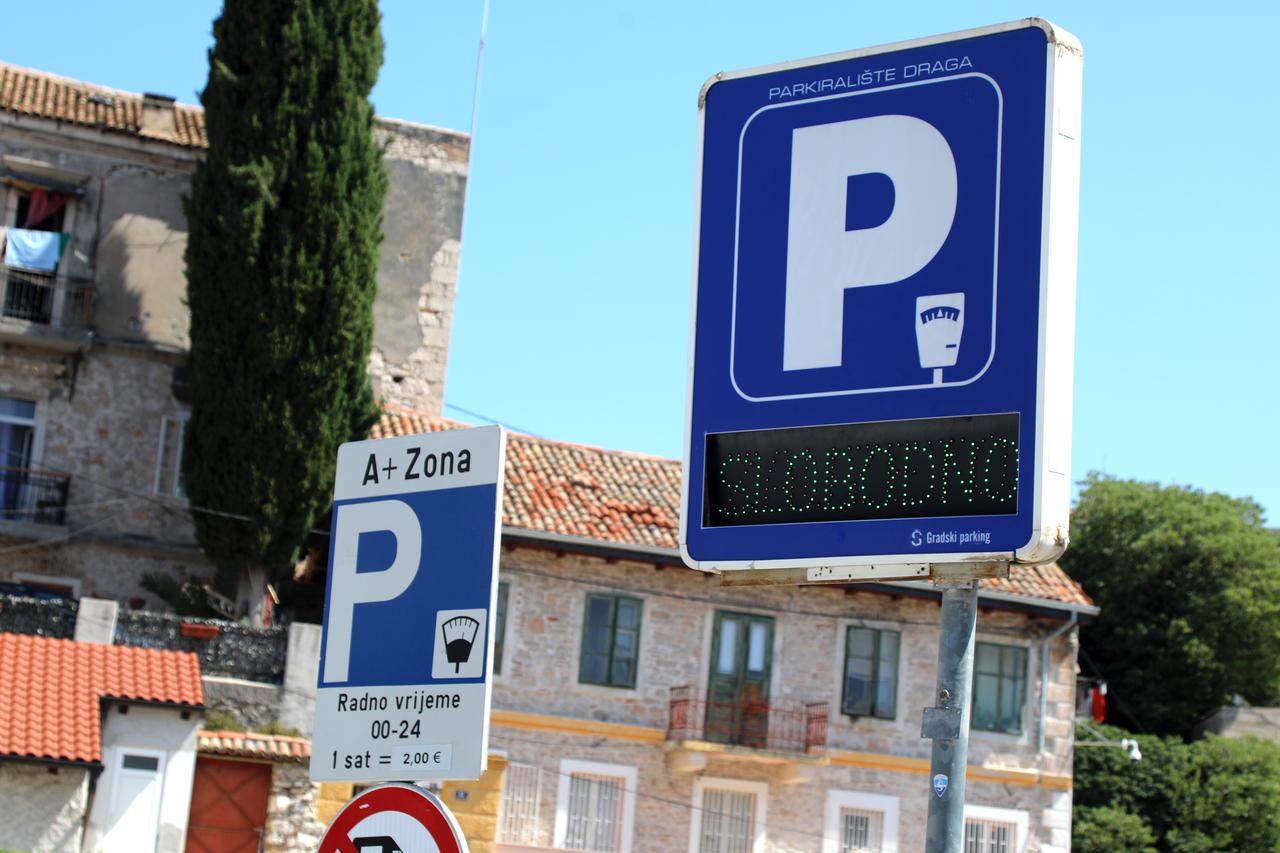










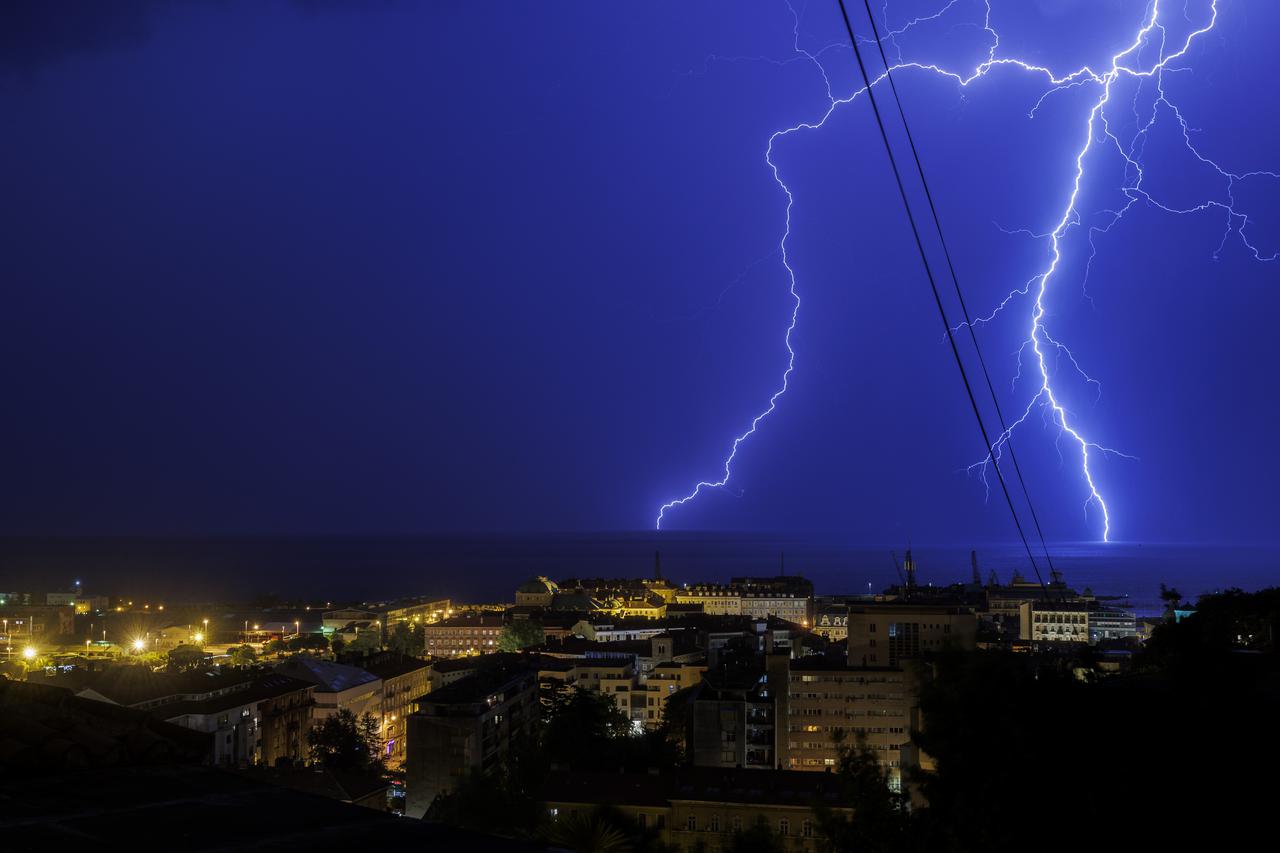
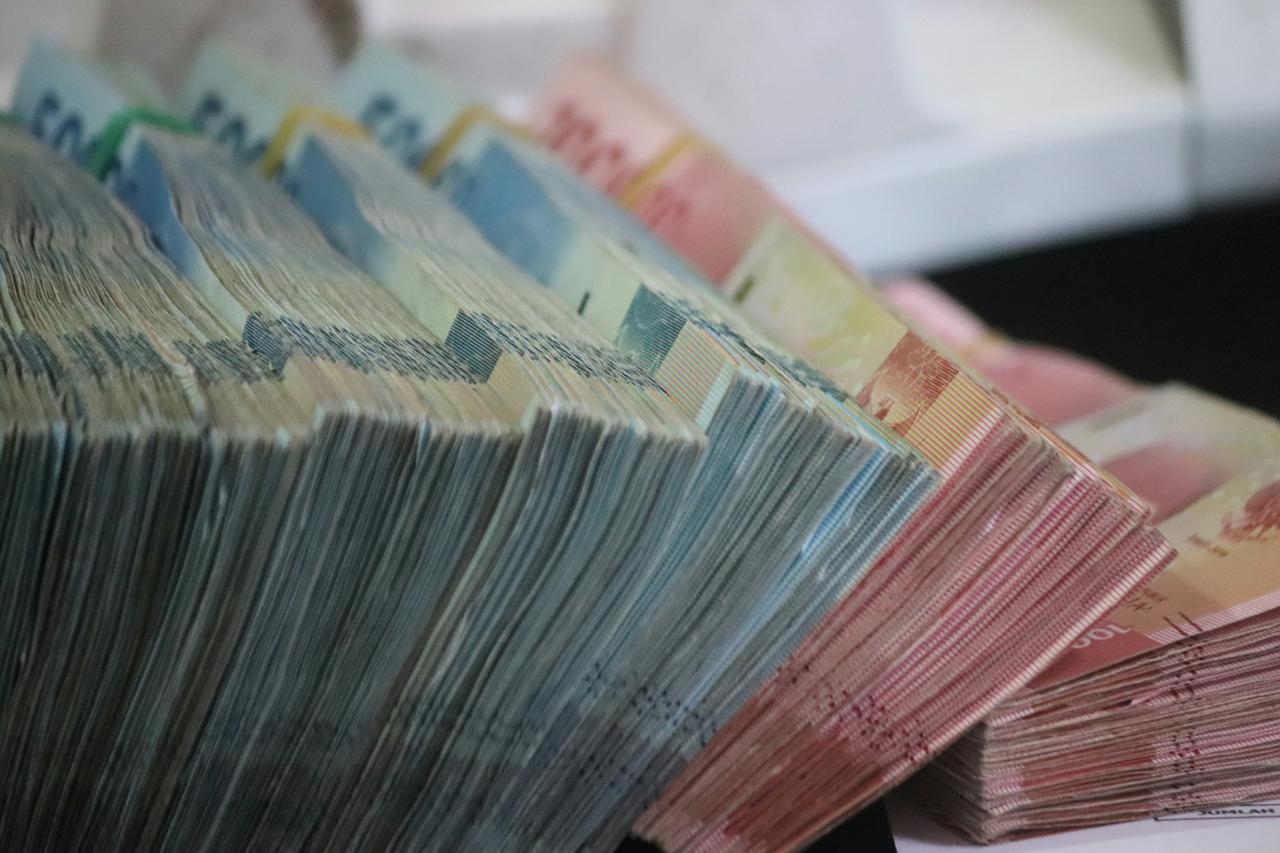

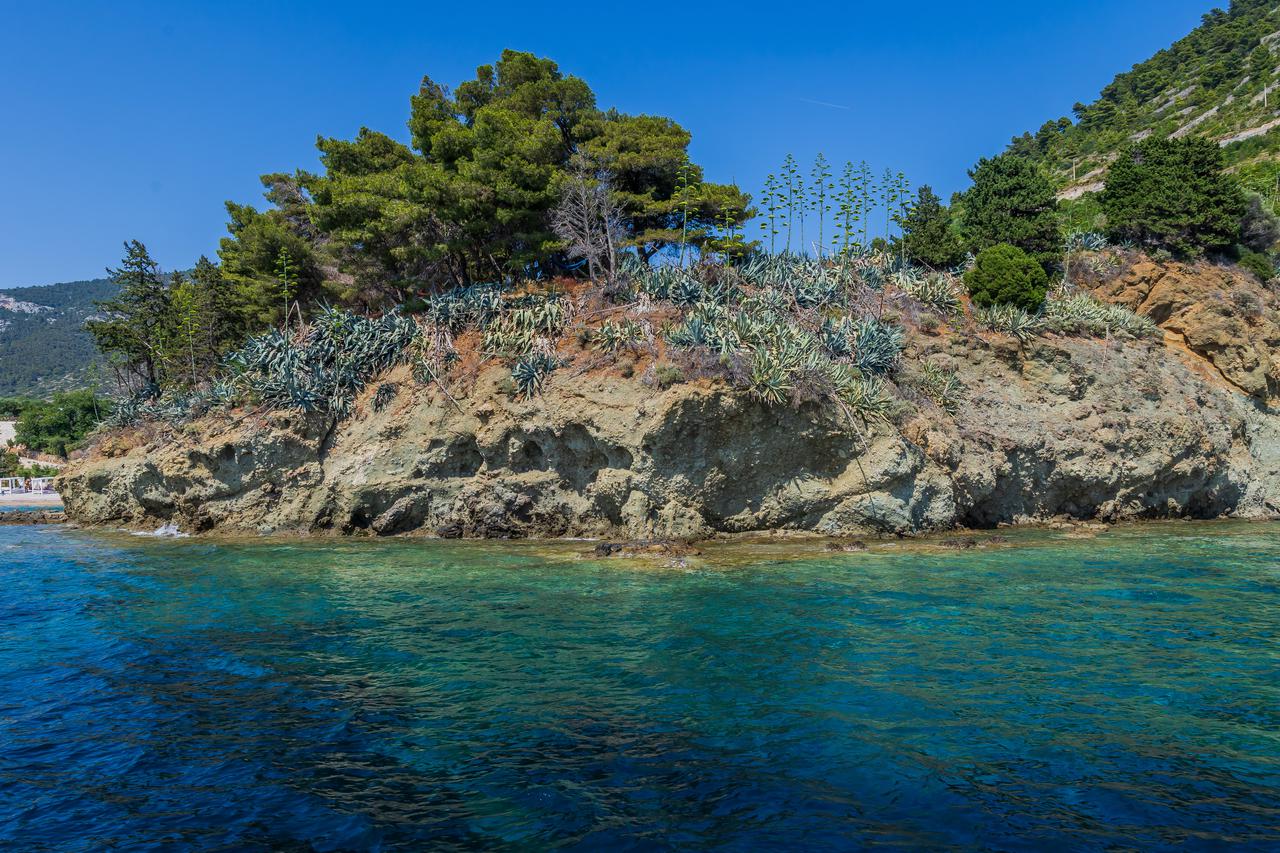
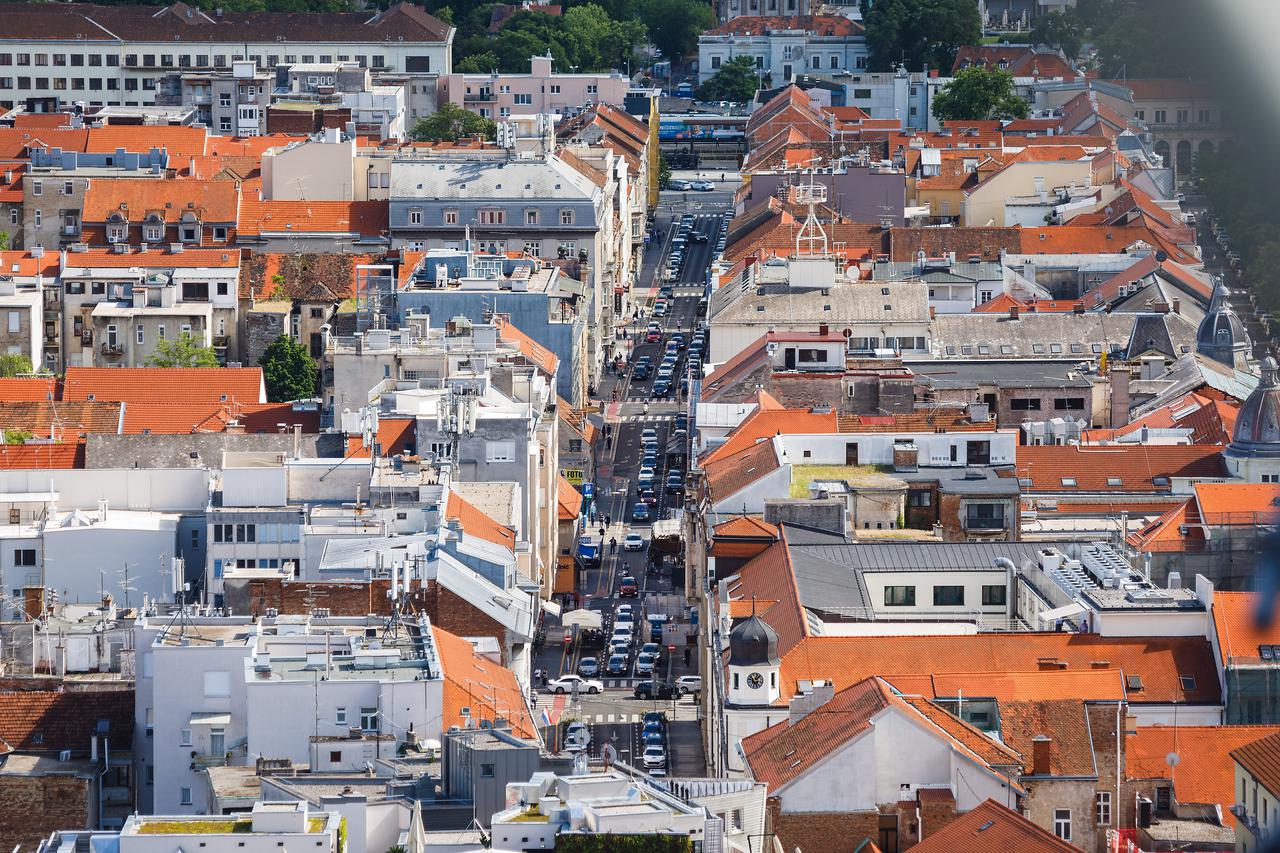



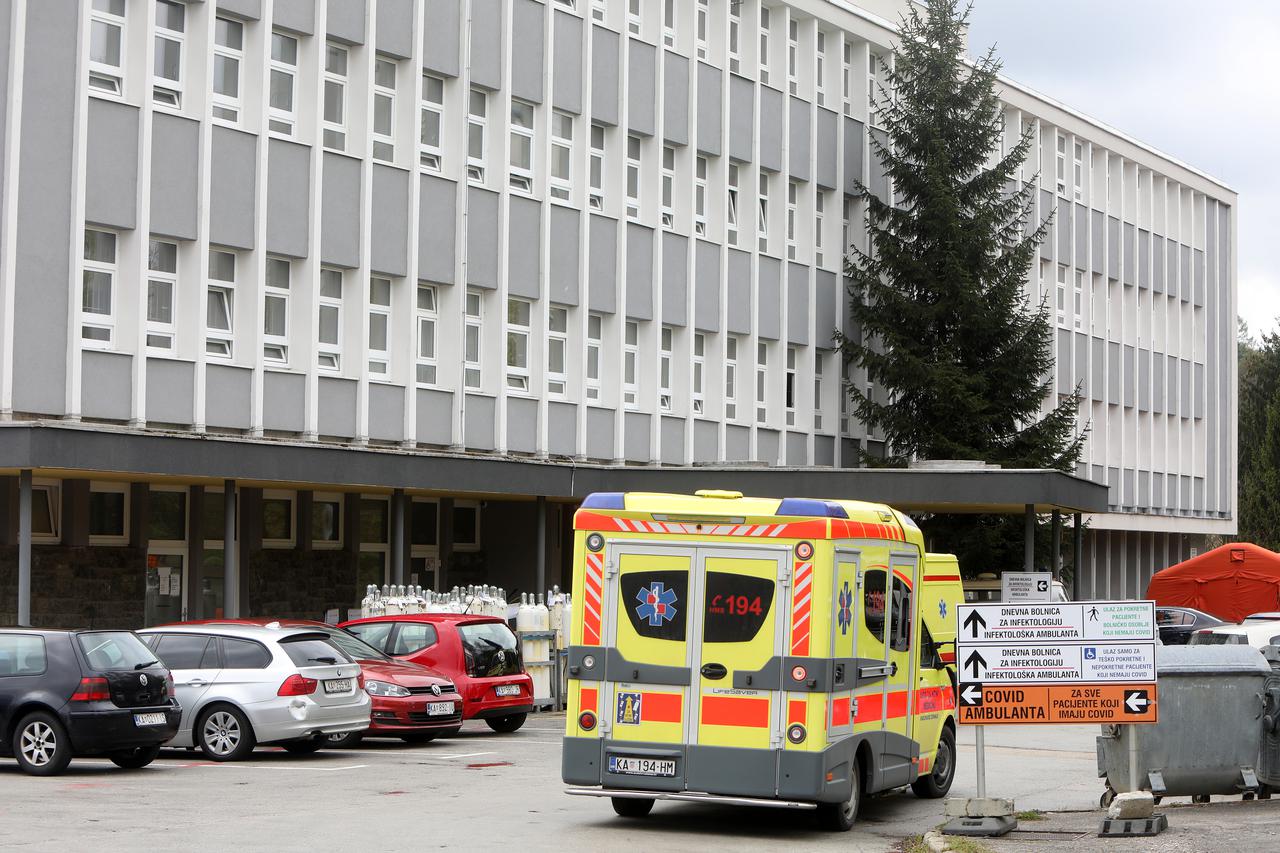

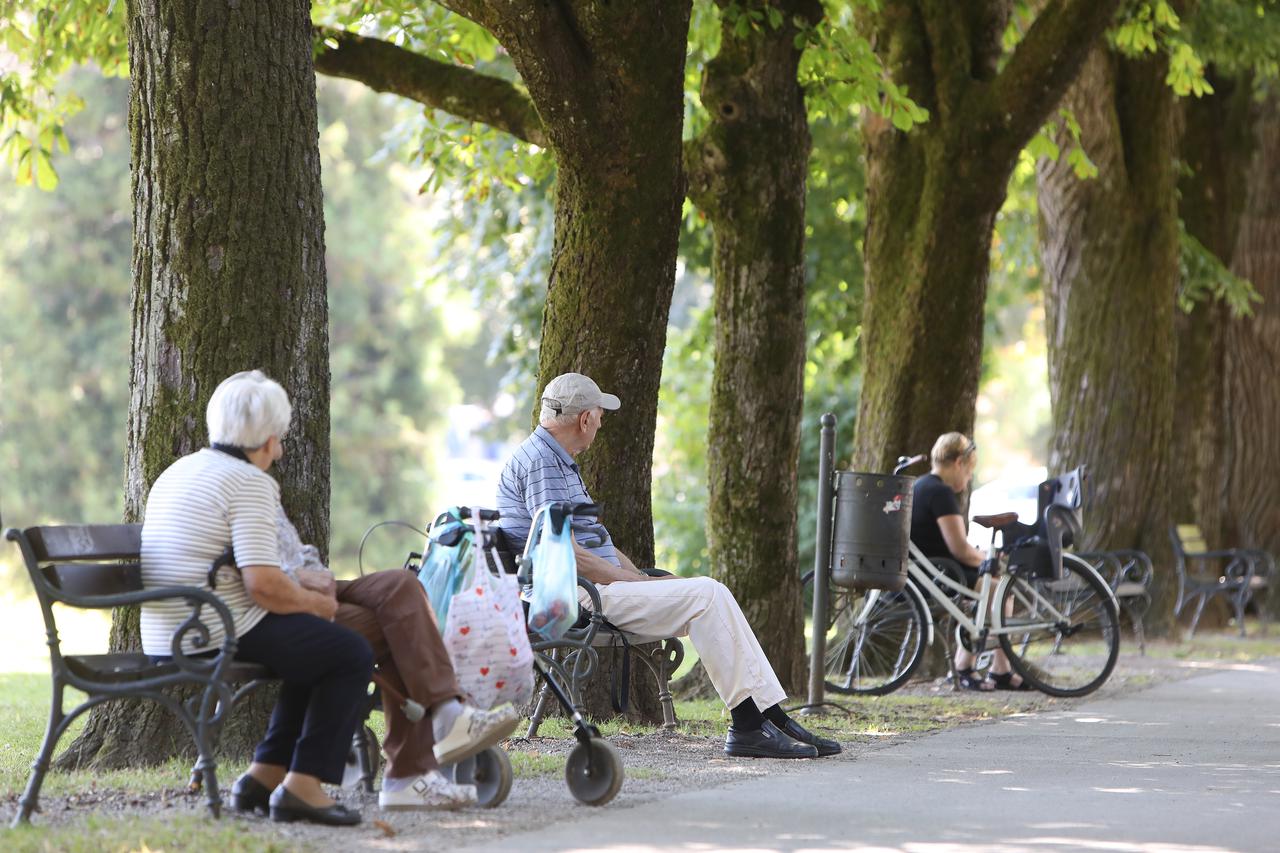

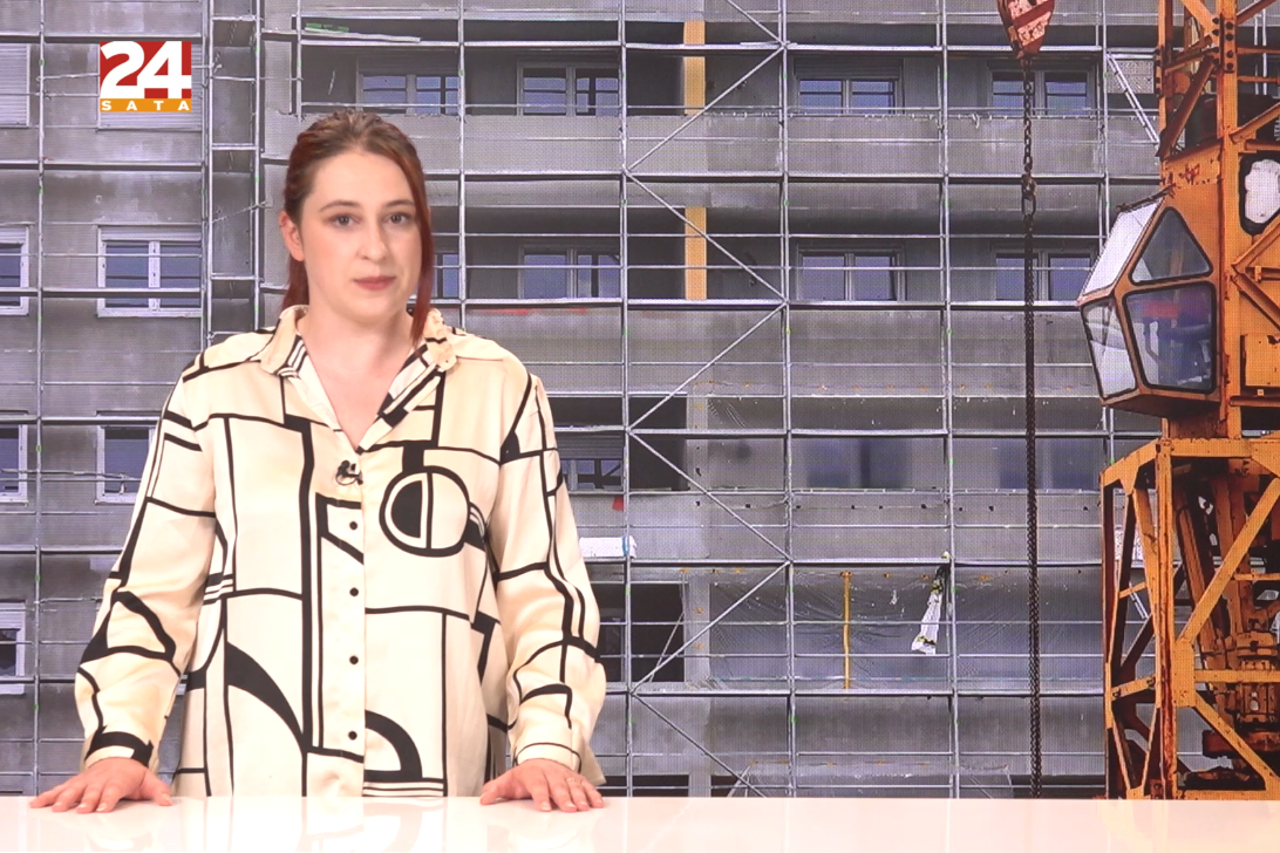
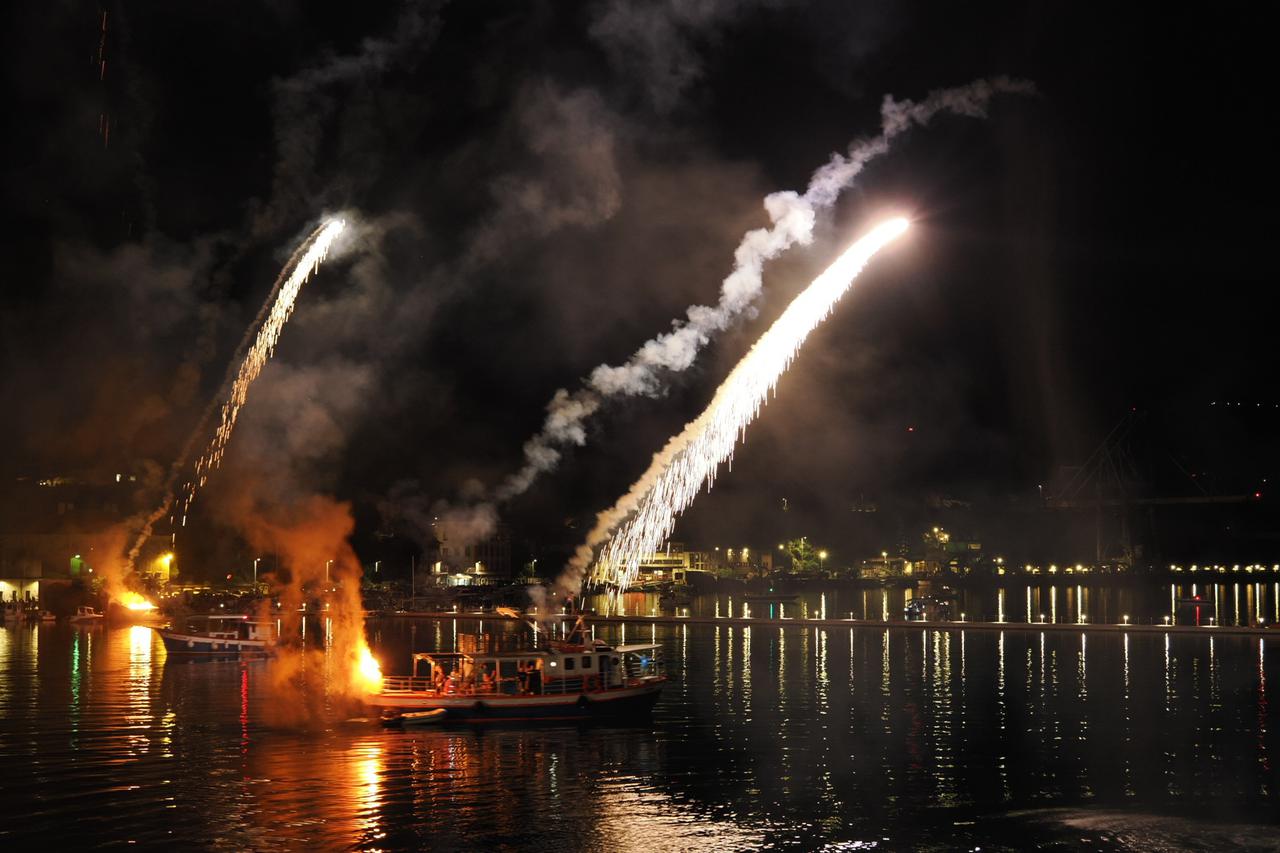
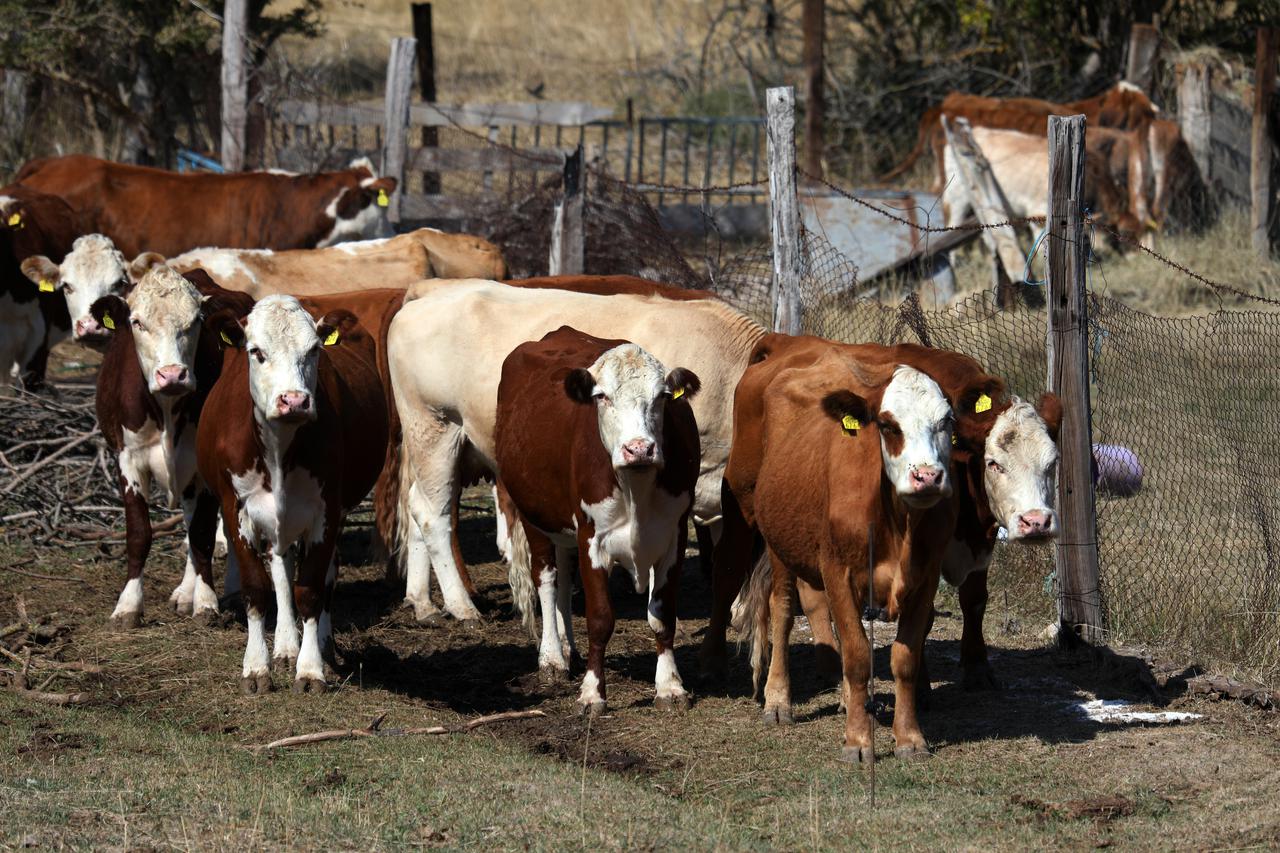


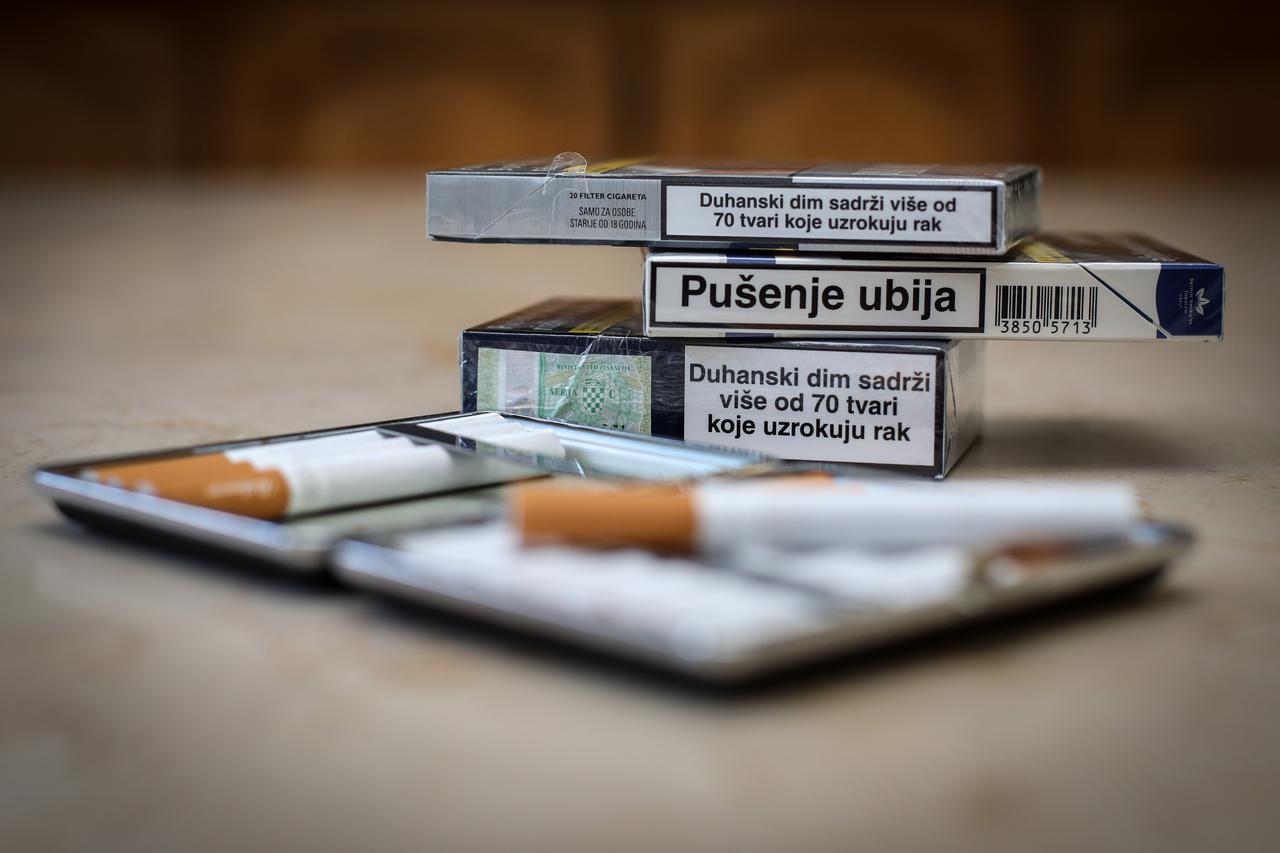

znači, treba čak dvoje novinara za kopirati članak